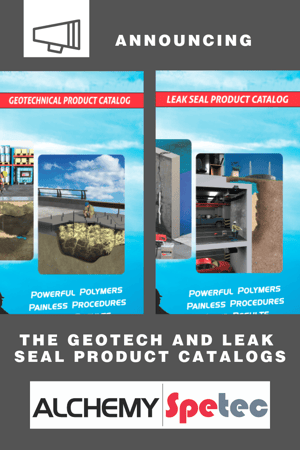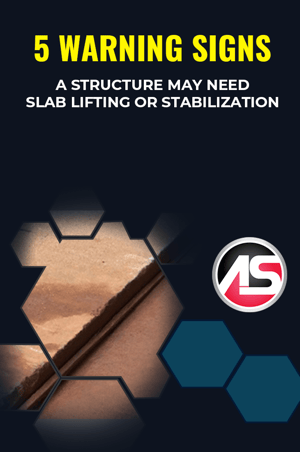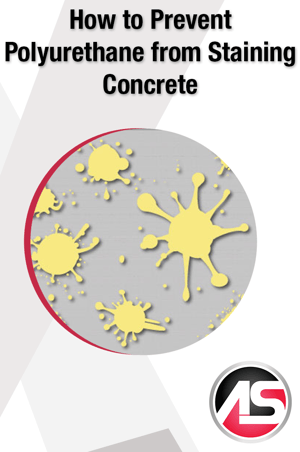
 Alchemy-Spetec products will now officially be promoted under the Leak Seal and Geotech lines. As holds true with most mergers (Alchemy Polymers and Spetec formed Alchemy-Spetec in 2017), the integration of products and services can take time. This rebrand will be reflected in two separate product catalogs. One for Leak Seal products and one for Geotech products. We are confident that the two-catalog offering is the best solution for our partners and customers.
Alchemy-Spetec products will now officially be promoted under the Leak Seal and Geotech lines. As holds true with most mergers (Alchemy Polymers and Spetec formed Alchemy-Spetec in 2017), the integration of products and services can take time. This rebrand will be reflected in two separate product catalogs. One for Leak Seal products and one for Geotech products. We are confident that the two-catalog offering is the best solution for our partners and customers.
Both product types are now easily discernible by the Spetec or AP nomenclature in which Spetec represents Leak Seal, and AP represents Geotech.
The Geotech line encompasses all two-part rigid polyurethanes used for void filling, slab lifting, permeation grouting, and soil stabilization; as well as acrylic grout used for permeation grouting, and all associated pumping equipment and accessories. Due to the technical support requirements of geotechnical applications in terms of equipment use, accessory setup, and application technique, this line will remain a direct sale to contractors performing slab lifting and soil modification applications.
Conversely, the Leak Seal line remains a distributor sale through our continued support of distribution partners. The Leak Seal line encompasses all water-activated grouts, acrylic grouts, waterstop products, mechanical packers and ports, and all associated dispensing equipment. Since structural repair products are also sold through distribution, they are included in the Leak Seal catalog.
If you have any questions about the Alchemy-Spetec Leak Seal or Geotech product lines, please contact Jim Spiegel at jspiegel@alchemy-spetec.com for further assistance.















 What is erosion?
What is erosion?





